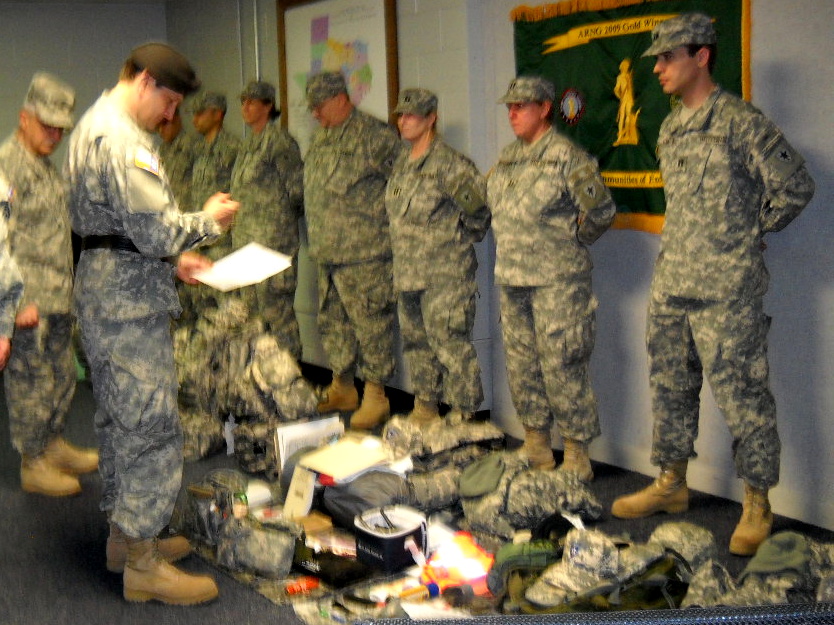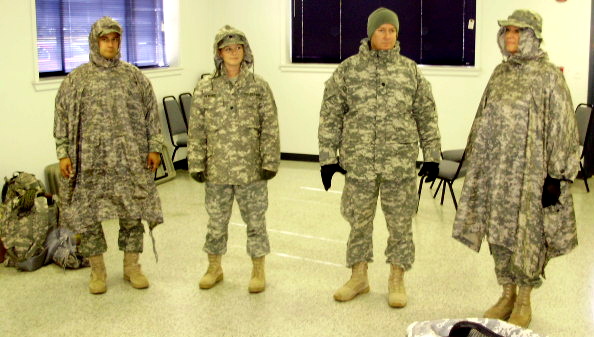(This is Pg 6) Preparing for DeploymentsPreparing for Deployments to Texas disasters is our most important task and considerable drill time year around is devoted to getting every Soldier ready. We strive that every member can self-sustain for 3-days if all water, electricity, food and shelter are non-existent. So, if we do get a barracks or motel on a mission, that's heaven!! Each soldier prepares his own Go-Pack to include 3 days of food, water, & emergency supplies like solar powered cell phone recharger, FRS radio, 1st Aid Kit, self charging flashlight, sleeping bag, poncho, safety equipment, Red Cross armband, etc. Helmet is optional, though you are required to have one if you ride in Active Army or National Guard vehicles like humvee's.
Above: Go-Pack Military Style Layout & Check List
Austin Med Company Soldiers demonstrate proper packing of Go-Packs. This particular Go-Pack with 3 days food, water & supplies, Army sleeping bag, etc weighs only 32 pounds.
Above: Incorrect Red Cross Armbands -Unfortunately you will encounter many TxStGd & some NG wearing incorrect Red Cross insignia. Do not be deceived. The AR 670-1 exists for a reason: to ensure all forces are uniform-hence the name. Only US Army G-1 can authorize changes and combat units often will experiment with changes on an authorized trial basis. Wear your uniform correctly! (Yes, some of our pics show RC band on wrong arm, which are previous to learning the correct regulation. Consider it a training aid of what not to do! Hooah!) Above. Correct Red Cross Armband. Combat medic in Iraq. Below see the exact regulation.
Army Regulation 670–1 Uniforms and Insignia Wear and Appearance of Army Uniforms and Insignia 3 February 2005 Chapter 28–29. Brassards 28–29 a. Brassards are worn as identification to designate personnel who are required to perform a special task or to deal with the public. Brassards are made of cloth; they are 17 to 20 inches long and 4 inches wide and of colors specified. When more than one color is specified for the brassard, the colors are of equal width and run lengthwise on the brassard. Brassards are worn on the left sleeve of the outer garment, with the bottom edge of the brassard approximately 2 inches above the elbow 28-29 b. (7) Geneva Convention brassard. The brassard consists of a red Geneva cross on a white background. Medical personnel wear the brassard, subject to the direction of competent military authority. When the brassard is worn, personnel are exclusively engaged in the search for, collection, transport, or treatment of the wounded or sick; or in the prevention of disease. The brassard also is worn by staff exclusively engaged in the administration of medical units and establishments, and it is worn by chaplains attached to the armed forces. Veterinary units are not considered medical units and do not wear the Geneva Convention brassards; they wear the Veterinary Corps brassard. |
Go-Pack and Waist Belt. Waist belt with pouches is handy for day missions or drills when you just need to carry water, MRE lunch, 1st Aid Kit, FRS radio or other smaller items. Some soldiers use a vest option for same purpose.
Inspection Begins.
'Ready to Move, Sir!'
Medical Brigade Commander BG Fernandez & Chief of Staff, COL Wright inspect Go-Packs & Soldiers at Austin Medical Company Readiness Inspection.
Texas isn't always 24/7 hot. Austin Medical Company soldiers model regulation correct combination's of cold and wet weather uniforming; using military gloves, ponchos, patrol caps, Boonie hats, field jackets, and watch caps. A poncho is always carried in Go-Pack gear; the other items depending on weather forecast. THIS IS A PERSONAL WEB SITE & NOT AN OFFICIAL SITE OF ANY ORGANIZATION. Created by MAJ (TX) "D". |
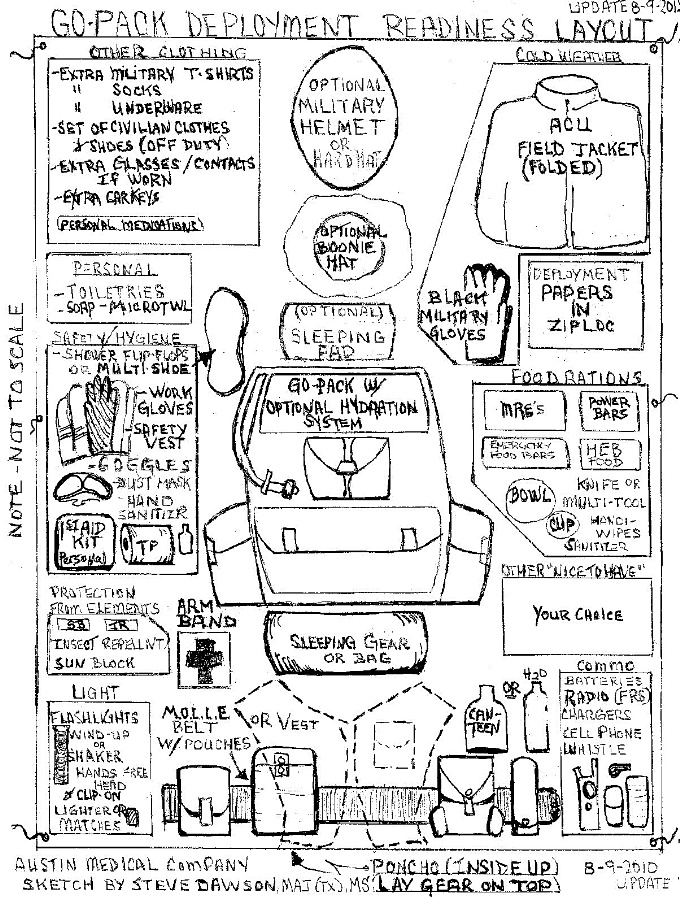
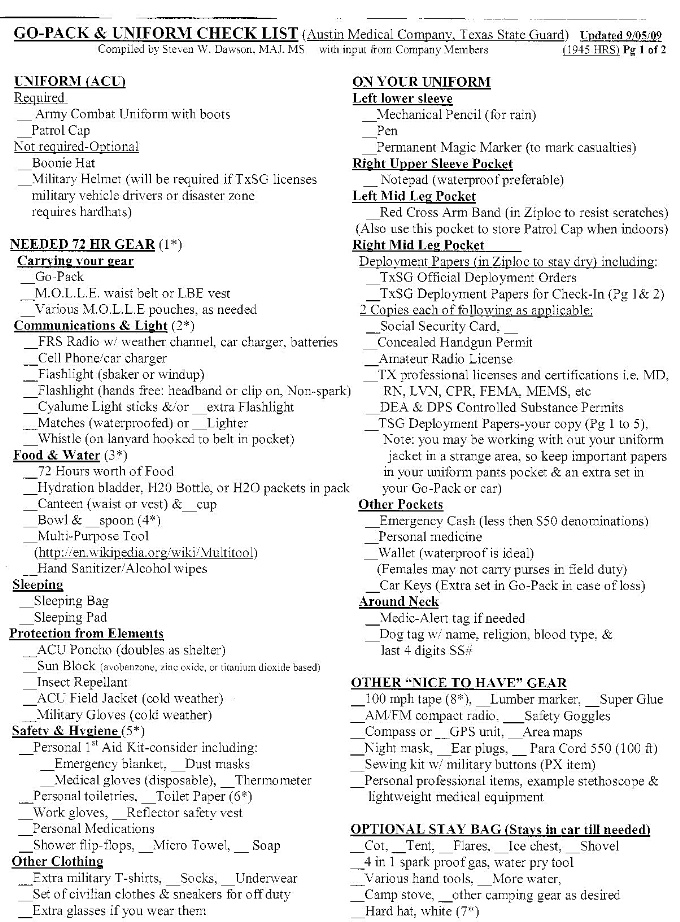
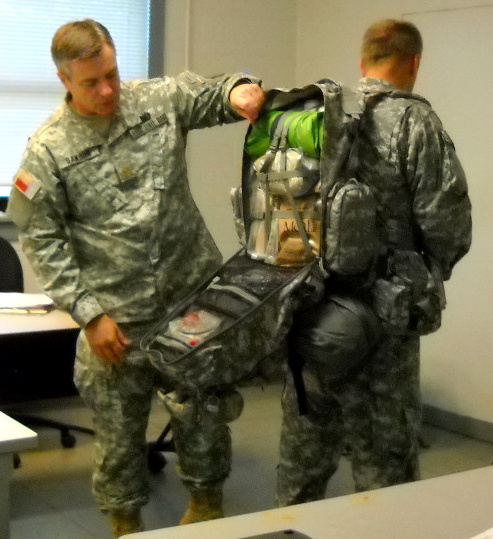
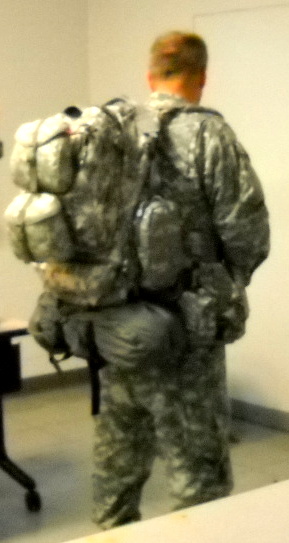
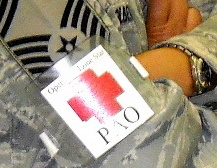


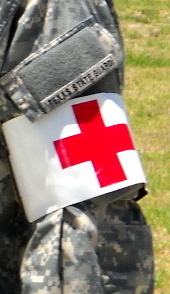
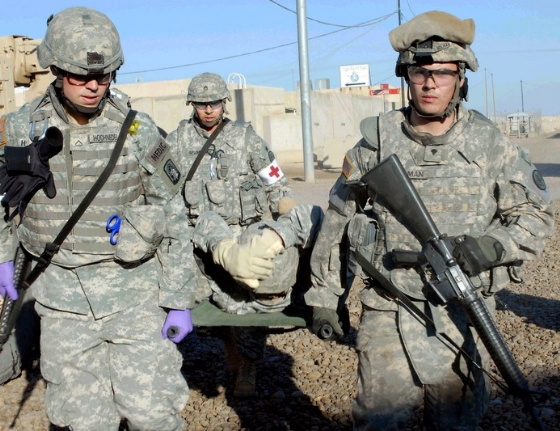

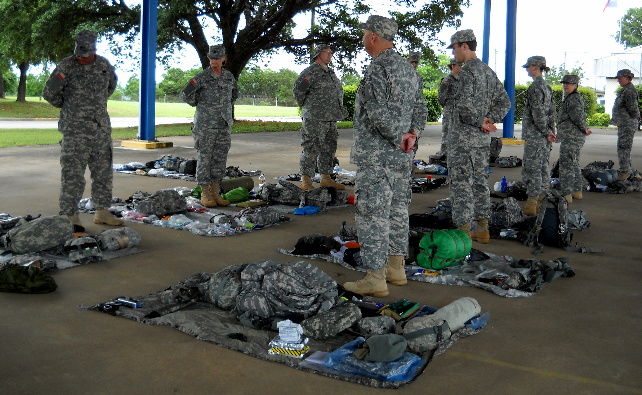
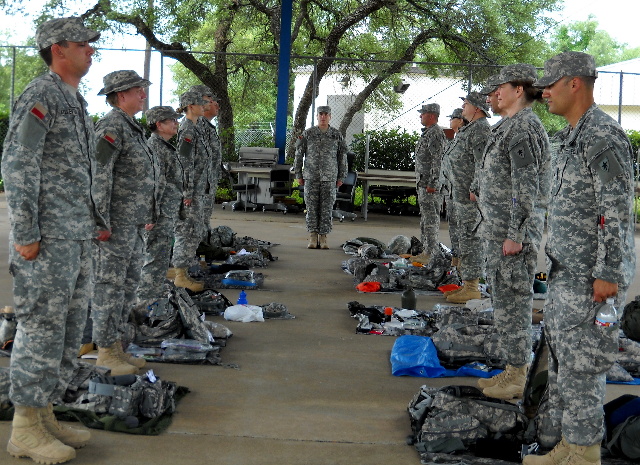
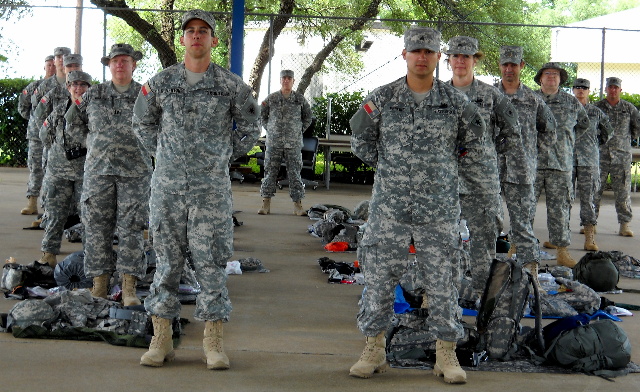 100% passed!
100% passed!